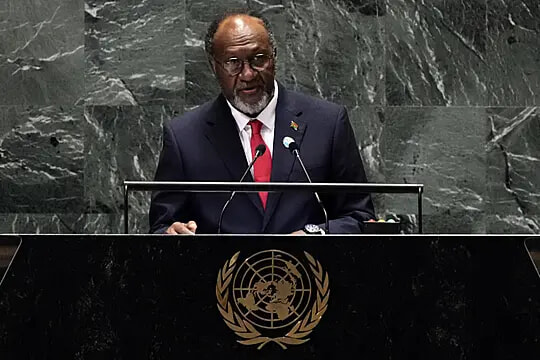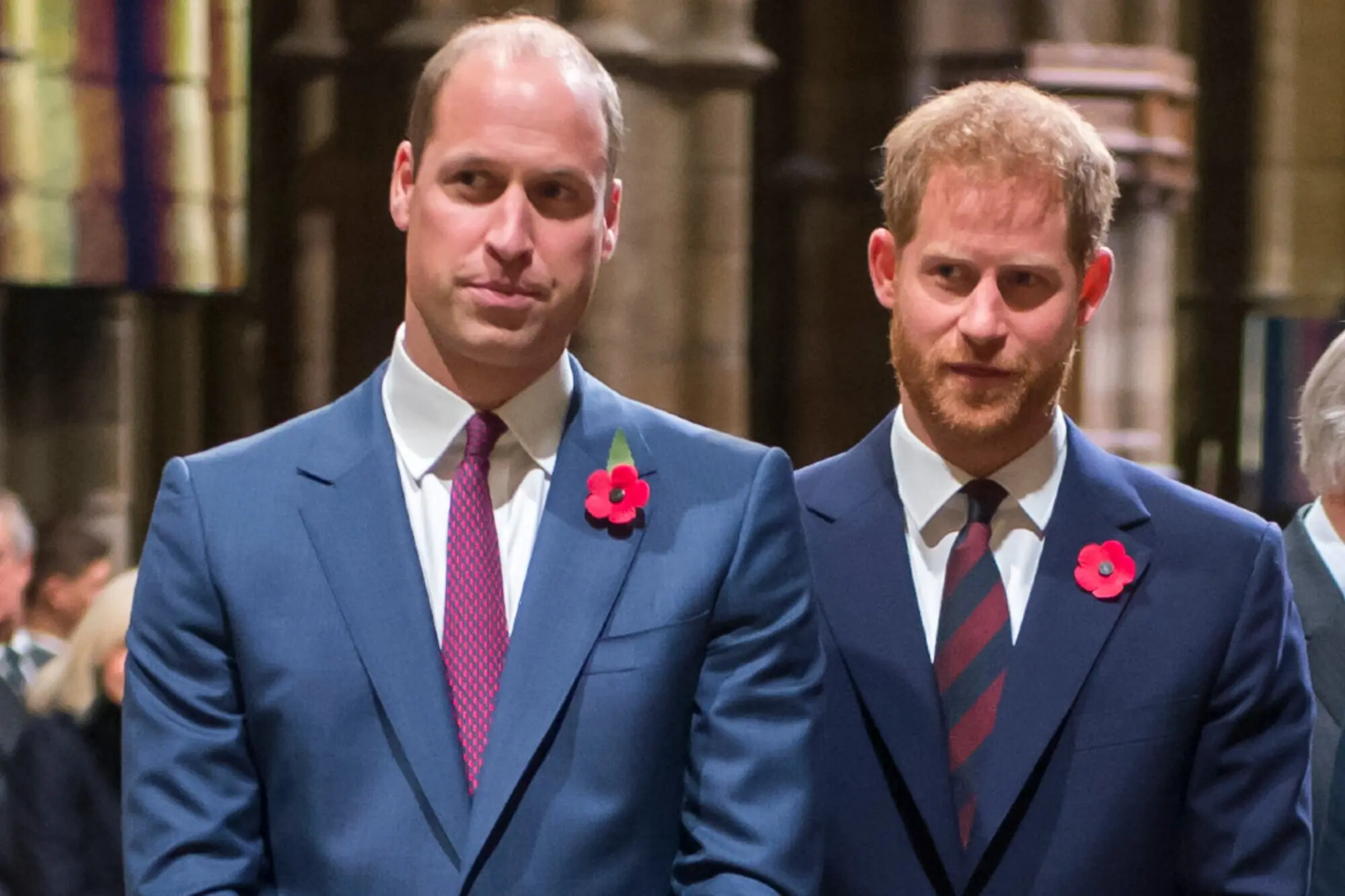
Death Toll From Devastating Texas Floods Passes 100 as Desperate Search For Survivors Continues
So sad...
Published July 10, 2025
Advertisement
Advertisement
1. A Summer Like No Other

As the summer of 2025 unfolded, families from across Texas sent their children to beloved camps dotting the Texas Hill Country, a region known for both its serene beauty and its unpredictable weather. Camp Mystic, a cherished all-girls’ summer camp nestled along the banks of the Guadalupe River near Hunt, prepared to welcome hundreds of campers for its annual tradition of friendship and adventure. Nearby, other camps and riverside communities prepared for the Fourth of July weekend, unaware that the days ahead would test the resolve and spirit of everyone in the region. Weather forecasts hinted at storms, but many parents, campers, and locals had no inkling of the magnitude of what was coming. The rugged landscape, characterized by rolling hills and rocky riverbeds, had earned the nickname “flash flood alley” for a reason, but even longtime residents felt secure as they settled into their summer routines. The camps were filled with anticipation: laughter echoed from cabins, counselors finalized emergency plans, and the familiar hum of camp activities promised a season of memories. Yet, beneath this sense of normalcy, small signals—a facilities manager watching the river, scattered warnings from the National Weather Service, worried glances at the sky—began to hint at mounting danger. The river, swollen by the legacy of past floods, flowed steadily, a silent backdrop to the traditions of summer. As thunderstorms approached from the Gulf, meteorologists watched the convergence of tropical remnants and upper-atmosphere currents with increasing concern. But as dusk fell on July 3, most believed that any rain would simply add to the Texas summer story, not rewrite it. What unfolded in the hours ahead would not only devastate the community but draw the attention—and prayers—of the world.
Advertisement
2. Hill Country’s Hidden Peril

The Texas Hill Country is renowned for its striking scenery, but those same features make it especially vulnerable to flash floods. Steep escarpments, shallow soils, and a network of winding rivers mean that when rain falls hard and fast, water has nowhere to go but downward—swiftly and with lethal force. The Guadalupe River, winding through Kerr County, has a long memory for disaster, its levels having surged catastrophically many times since the 1970s. This terrain, while picturesque, magnifies rainfall’s impact, sending torrents down the slopes with only minutes of warning for those in harm’s way. Though drought had left the ground parched in previous months, the sudden deluge meant water could not be absorbed, racing directly into creeks and rivers. The Balcones Escarpment acts as a natural funnel, gathering warm, moisture-laden air from the Gulf and triggering heavy rainfall that falls fast and unpredictably. Despite advances in weather forecasting, the unique geography of the Hill Country often outpaces technology’s ability to offer sufficient warning. As the July holiday approached, weather services tracked storm systems converging over central Texas but could not fully anticipate the amount or intensity of rainfall to come. Warnings about flooding were issued, but many residents and officials trusted that past storms had been manageable, underestimating how conditions could shift. The culture of resilience that defines the Hill Country sometimes brings a false sense of security, even as the risk of sudden disaster lingers just beneath the surface. This precarious balance between natural beauty and danger would become heartbreakingly clear as the river began to rise.
Advertisement
3. Rising Tension and Missed Alarms

In the early hours before the disaster, local and state officials monitored developing weather conditions, aware of the potential for heavy rain but unaware of the magnitude. The National Weather Service issued multiple flood warnings, updating their language as the threat grew, but the region’s spotty communication infrastructure meant not all residents received the alerts. For decades, debates had simmered in Kerr County about installing flood sirens like those in tornado-prone areas, but concerns about cost and false alarms kept the project on hold. As the storms intensified on July 4, campers at Mystic and nearby summer camps were awakened by counselors who noticed the river swelling beyond its usual banks. Many families celebrating the holiday along the riverbanks and in RVs remained unaware that a catastrophe was unfolding upstream. Despite efforts from some officials and camp staff to initiate evacuations, a combination of communication gaps and the rapidly escalating situation meant that many were caught off guard. Camp directors and emergency planners had conducted drills and inspections, and a state inspector had recently certified Mystic’s emergency protocols. Yet, as the river rose more than 26 feet in less than an hour—a “tsunami wall of water,” in the words of Governor Greg Abbott—the reality outstripped even the best-laid plans. Questions quickly surfaced about the adequacy of federal and local warnings, with scrutiny over weather service staffing and budget cuts intensifying in the aftermath. Survivors described the flood as a pitch-black wall of death, and in the chaos, even veteran first responders found themselves facing scenes they could not have anticipated. For many, by the time alarms sounded, the water was already inside their homes and cabins, and escape routes were disappearing with the rising current.
Advertisement
4. Disaster Strikes at Dawn

The night of July 4 gave way to a morning of terror as the Guadalupe River surged violently, transforming camps and communities into disaster zones with breathtaking speed. At Camp Mystic, counselors raced to higher ground with their young charges, some writing campers’ names on their arms in case they became separated or lost. Entire cabins were inundated in minutes; those on lower ground were swept away as campers and staff tried desperately to reach safety. Nearby, families celebrating Independence Day at RV parks and riverside houses awoke to the sound of water smashing through walls and windows. Debris—trees, furniture, and vehicles—tumbled through the floodwaters, carrying away anything in their path, while desperate calls for help echoed through the darkness. Rescue operations began at first light, but the scale of the destruction made reaching those trapped almost impossible in the initial hours. Many who managed to escape did so only by climbing to rooftops, clinging to trees, or swimming through treacherous currents toward higher ground. The devastation was widespread, with entire neighborhoods, bridges, and roads disappearing beneath the torrent. At Mystic, five campers and a counselor were still missing even as survivors were airlifted from the remaining cabins by helicopter. Other camps and communities along the river reported similar chaos, with hundreds in need of rescue and first responders struggling to keep pace with urgent calls for help. By the time dawn fully broke, it was clear that this was not just another flood, but one of the worst disasters in Texas Hill Country history.
Advertisement
5. The Unfolding Tragedy

As news of the disaster spread, the true scope of loss began to emerge with devastating clarity. At least 109 people were confirmed dead by Tuesday afternoon, with dozens more missing—many of them children and young counselors from Camp Mystic. President Trump signed a federal disaster declaration at the request of Governor Abbott, unlocking federal resources and bringing national attention to the tragedy. The story of Mystic became a symbol of heartbreak as families waited for news, volunteers searched for survivors, and the death toll climbed each hour. Among the dead were eight-year-olds, teenagers, parents, and even the camp’s director, Dick Eastland, who died trying to save girls from the rushing water. Entire families were swept away, and reports surfaced of sisters found downstream still holding hands, as well as parents separated from children by the force of the current. Rescue teams, aided by helicopters, boats, and support from neighboring states—including Mexico—battled time and weather to find those still missing. Governor Abbott and officials emphasized that the search would not end until every person was found, alive or not, promising to leave no one behind. Scenes of reunions and unimaginable grief played out in emergency shelters and reunification centers, as families confronted the reality of who was lost and who was saved. Tributes and condolences poured in from world leaders, including Pope Leo and King Charles, reflecting the global resonance of the tragedy. Across the nation, communities rallied to offer prayers, donations, and support to those grappling with loss in Texas.
Advertisement
6. Heroism + Heartbreak

Amid the devastation, stories of extraordinary bravery and selflessness emerged from both rescuers and ordinary citizens. Camp counselors Silvana Garza Valdez and María Paula Zárate, both 19, became heroes by leading girls to safety, writing names on arms, and calming terrified campers with songs and games as floodwaters raged outside. First responders, including the U.S. Coast Guard and local firefighters, performed more than 160 air rescues, sometimes risking their own lives to reach those stranded. Coast Guard rescue swimmer Scott Ruskan was credited with saving 165 people in his first mission, coordinating triage and evacuations under harrowing conditions. Neighbors and families banded together, alerting one another, sharing boats and supplies, and helping rescue stranded pets like Superman, the dog found clinging to debris. Survivors recounted miraculous escapes: an eight-year-old swept six miles downriver who lived to tell the tale, brothers climbing to rafters as water filled their cabin, and strangers forming human chains to save those trapped in the current. Yet, for every story of survival, there were families mourning those lost—parents, siblings, teachers, and coaches whose lives ended too soon. The trauma of the experience was etched in the faces of rescuers and survivors alike, with officials declaring a public health emergency to mobilize mental health resources. The governor’s pledge that “we are not leaving until this job is finished” became a rallying cry for the community, vowing not to rest until all missing persons were found. Candlelight vigils, memorials, and outpourings of grief from every corner of the state underscored both the scope of loss and the resilience of those left behind. In the darkest hours, acts of courage and compassion illuminated the path toward recovery.
Advertisement
7. Search for Answers

As the immediate crisis gave way to the task of recovery, attention turned to the critical question of how such a disaster could have unfolded so rapidly. Meteorologists and emergency managers analyzed the convergence of weather systems—remnants of Tropical Storm Barry, stagnant low- and high-pressure fronts, and record-level rainfall all playing a role. Local officials acknowledged that existing warnings and forecasts did not fully anticipate the sheer volume of rain or the speed at which the river would rise. Community members questioned why evacuation orders and sirens had not been issued sooner, pointing to long-standing debates over installing a warning system in Kerr County. Some pointed to budget constraints, failed grant applications, and reluctance to fund new sirens as factors in the lack of advance notice. Scrutiny also fell on cuts to the National Weather Service and whether staffing shortages had limited the effectiveness of regional forecasts. Federal and state officials maintained that warnings were issued as early as possible, but the scale of the event outpaced all expectations and existing protocols. In a news conference, Governor Abbott promised a legislative review of the alert system and potential state funding to install sirens by next summer. National Weather Service leaders defended their staff, emphasizing the unprecedented nature of the rainfall and the challenges of alert fatigue among the public. Community leaders vowed to press for reforms that would better prepare the region for future emergencies. As grief mingled with determination, the push for accountability and improvement gained new urgency in the Hill Country.
Advertisement
8. Community in Crisis

The flooding’s aftermath left thousands displaced, homes and camps destroyed, and entire neighborhoods unrecognizable beneath mud and debris. Emergency shelters, churches, and schools became havens for families seeking news, comfort, and assistance as the scope of the disaster became clear. Volunteers from across Texas and beyond arrived to support rescue and recovery efforts, bringing food, supplies, and encouragement to the hard-hit region. Nonprofit organizations and local businesses mobilized to offer shelter for animals, medical care, and resources for those suddenly homeless. Rescue workers, some from as far away as Mexico, risked their safety to search for survivors and reunite families, reinforcing the bonds of community amid chaos. Stories of neighbors rescuing one another, families sharing what little they had left, and strangers offering help became common in the days following the flood. Social media and grassroots campaigns collected donations and highlighted the needs of affected families, bringing national and global attention to their plight. Officials warned of ongoing dangers, as additional rain threatened to worsen flooding and delay cleanup efforts in the coming days. Mental health professionals joined the response, offering support for children and adults grappling with trauma, loss, and survivor’s guilt. For many, the path to rebuilding would be long and uncertain, but the collective spirit of resilience and solidarity shone through the heartbreak. The lessons learned from this disaster would shape the community’s future and inspire changes to protect those most vulnerable.
Advertisement
9. Mourning, Remembrance

As rescue and recovery continued, Texas paused to remember those lost, with vigils, memorials, and moments of silence honoring the victims. Camp Mystic and the surrounding Hill Country communities became focal points for collective grief, their histories forever changed by the events of that July weekend. Names and faces of the lost—young campers, counselors, parents, teachers, and community leaders—filled local news reports and social media tributes. Families traveled from across the state and nation to honor loved ones and find closure, even as many waited for final confirmation of those missing. Officials and faith leaders joined residents in ceremonies that blended heartbreak with gratitude for those saved and hope for the future. President Trump, Governor Abbott, and international leaders like Pope Leo and King Charles sent condolences and support, underlining the universal resonance of the tragedy. The stories of heroism and sacrifice, especially among camp staff and first responders, became a source of inspiration and healing for survivors. For many, the pain of loss was deepened by the knowledge that the disaster might have been mitigated with better warnings or infrastructure. Yet, the community’s determination to rebuild and support one another offered a powerful testament to the enduring strength of the human spirit. Across Texas, people wore ribbons, lit candles, and shared memories, vowing never to forget those who perished. In remembering, the Hill Country found unity, purpose, and a renewed sense of hope.
Advertisement
10. Recovery and Change

The aftermath of the Texas Hill Country floods left indelible scars, but also sparked a renewed commitment to safeguarding communities against future disasters. Lawmakers pledged to address gaps in the emergency alert system, promising funding for sirens, improved forecasts, and more resilient infrastructure. Scientists and engineers studied the causes and consequences of the floods, seeking ways to better predict and prevent such events in the future. For families and survivors, the long process of recovery included rebuilding homes, healing from trauma, and honoring the memories of those lost. Donations and support poured in from around the world, as Texas rallied to offer aid to those starting over. Camps and local organizations vowed to enhance emergency planning and preparedness, determined to turn tragedy into lasting reform. Volunteers and faith leaders continued to offer comfort, recognizing that true healing would take months or even years. As the region marked milestones—reopening roads, restoring power, rebuilding communities—the lessons of 2025 were never far from mind. In time, the story of the Hill Country floods became not just one of loss, but of courage, compassion, and resolve. Out of the devastation, Texas emerged more united, with a deepened sense of responsibility to protect its people and cherish its traditions. The summer of 2025 would be remembered not only for what was lost, but for the enduring spirit that rose in response.
Advertisement
Advertisement
You May Also Like






